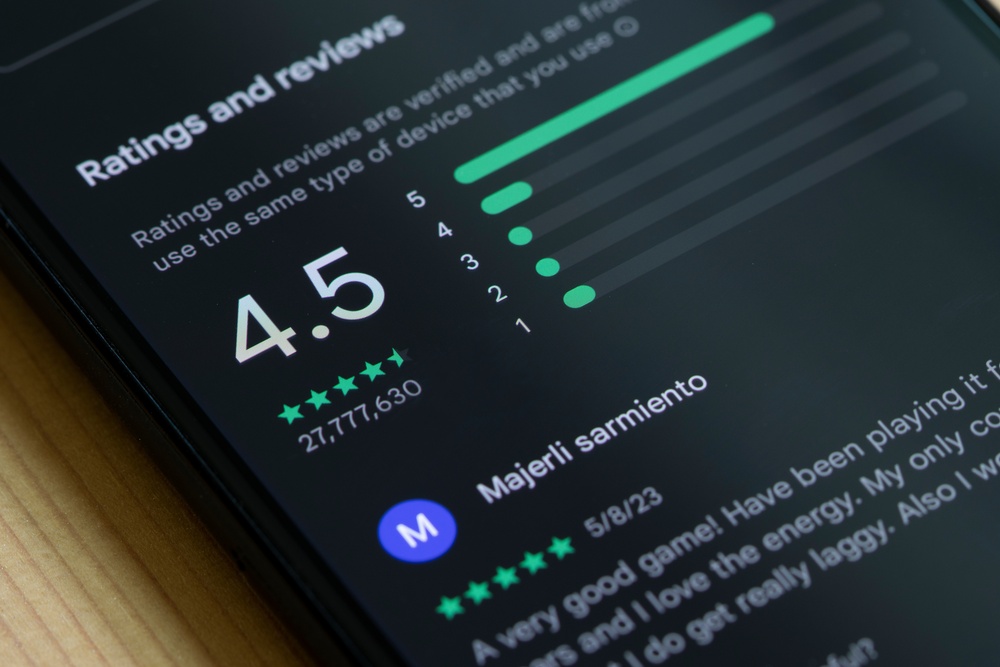David Kullmann

Building a new product is one of the most exciting ventures for entrepreneurs. You know you’ve got a great idea, and you’re certain consumers will agree. So you put everything into its development — even though as many as 95 percent of new products fail. That means 19 out of 20 products won’t last the year.
When a startup is blinded by a big idea, it closes its eyes to the bigger picture.
The reasons vary, but the biggest culprit appears to be need. About 42 percent of startup founders say their companies failed because consumers didn’t want what they were selling.
When a startup is blinded by a big idea, it closes its eyes to the bigger picture. Companies waste time getting their product to market by adding features a consumer won’t need. With a subpar product comes unsustainable business value, leading many startups to close their doors for good.
The Importance of Taking Your Market’s Pulse
The online grocery delivery company Webvan is a classic example of an idea-driven strategy. Webvan marketed quality organic foods at low prices for the masses — without asking whether the masses wanted it.
The result: Webvan got all the way to an IPO — without having a product people would use.
A niche strategy might have worked better for Webvan’s offerings back in 1999.
Why market organic goods to people who don’t value them? It would be better to price the goods higher and target customers willing to pay for the luxury.
Tapping the wrong target audience wasn’t the only misstep for Webvan. The company raised close to $800 million from venture capitalists and $375 million more from its IPO, all within a few months of its launch. This added pressure to deliver immediate growth; the company announced plans to expand to 26 cities before seeing success in its first market.
That “get big fast” mentality, combined with misreading its market and pricing structure, caused Webvan to waste hundreds of millions of dollars and collapse within just two years.
Learn What Makes Product Users Tick
Want to make sure you’re seeing the forest and the trees? Follow these steps to reshape your idea-driven strategy into a user-driven one:
1. Establish key performance indicators.
Base these measurements on user value, not on ideas alone. If a product user positively affects your KPI, it’s because you provided him or her with value, such as good product quality or customer satisfaction. But KPIs often have an expiration date, so you’ll need to audit them periodically. Revise or abandon the ones that have become irrelevant to get the most accurate picture of your business.
2. Use KPIs to steer your product road map.
Each product feature you build should be based on a hypothesis of improving a KPI related to your business goals. Ask yourself, “What drives business? What sort of ROI do I expect for each phase of my business? What’s most important about my product or service?” Make sure your startup has a clear path forward.
3. Work as closely as possible with consumers.
Consider conducting customer development, user research, and hallway usability testing. These activities save you a lot of time and effort by focusing on what really matters.
Hallway testing, for example, can help uncover obvious problems with your product or service. You’re asking people unfamiliar with your offering to test it out. Friends, family, and strangers at the coffee shop have no real skin in the game, so they’ll often provide honest feedback.
User research, on the other hand, can help validate your assumptions and hypotheses on your products or services, as well as the wants and needs of your target consumer. It’s also an opportunity to size up your competition and better understand where you fit in the marketplace.
4. Take a retrospective view.
When you revise your KPIs each quarter, take the process further by holding strategy meetings on what’s happened recently. Think about what to do next to influence your KPIs, energize your workforce, and improve business processes. Even if things are going well, implement a “ceremony” where you and your team think critically about what’s happened and where you’re headed.
If you view product development as a way to deliver value to users instead of a way to deliver features to a product, you’ll start to see the big picture. You are on the best path to success when your startup’s goals align with those of your customers.
Find this article helpful?
This is just a small sample! Register to unlock our in-depth courses, hundreds of video courses, and a library of playbooks and articles to grow your startup fast. Let us Let us show you!
Submission confirms agreement to our Terms of Service and Privacy Policy.
Already a member? Login
No comments yet.
Start a Membership to join the discussion.
Already a member? Login